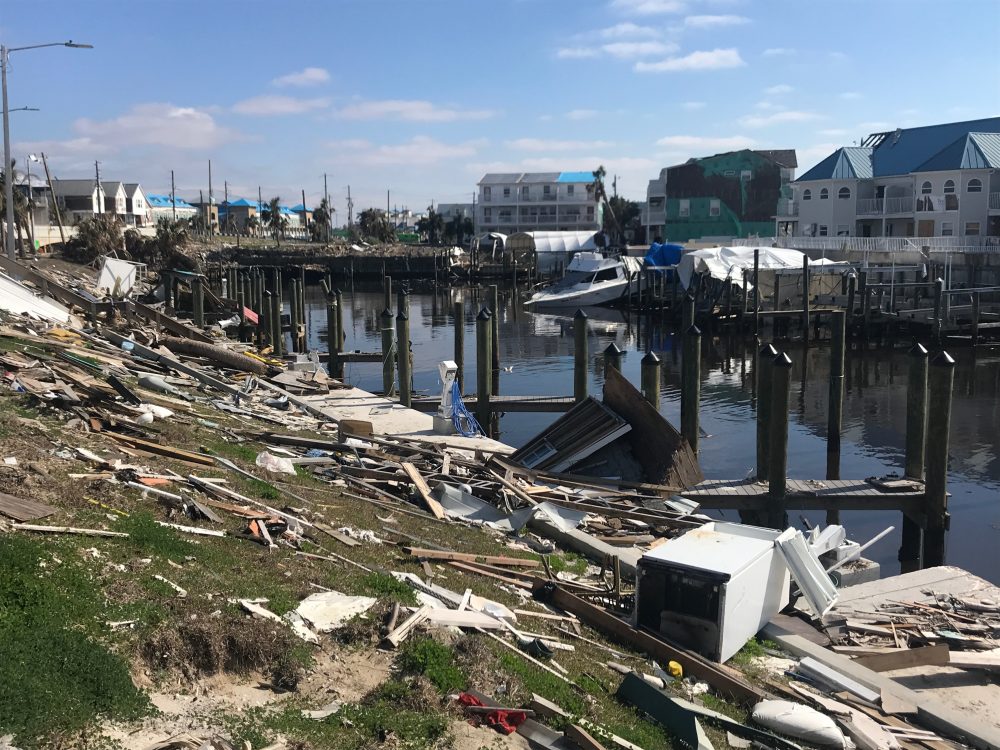A Way of Life Threatened
In October 2018, Hurricane Michael slammed into the coastline of northern Florida with winds topping 155 miles per hour — one of the most powerful hurricanes to ever hit mainland United States. It caused at least 45 deaths and an estimated $15 billion in damage. This is how the affected communities look now. In preparation […]
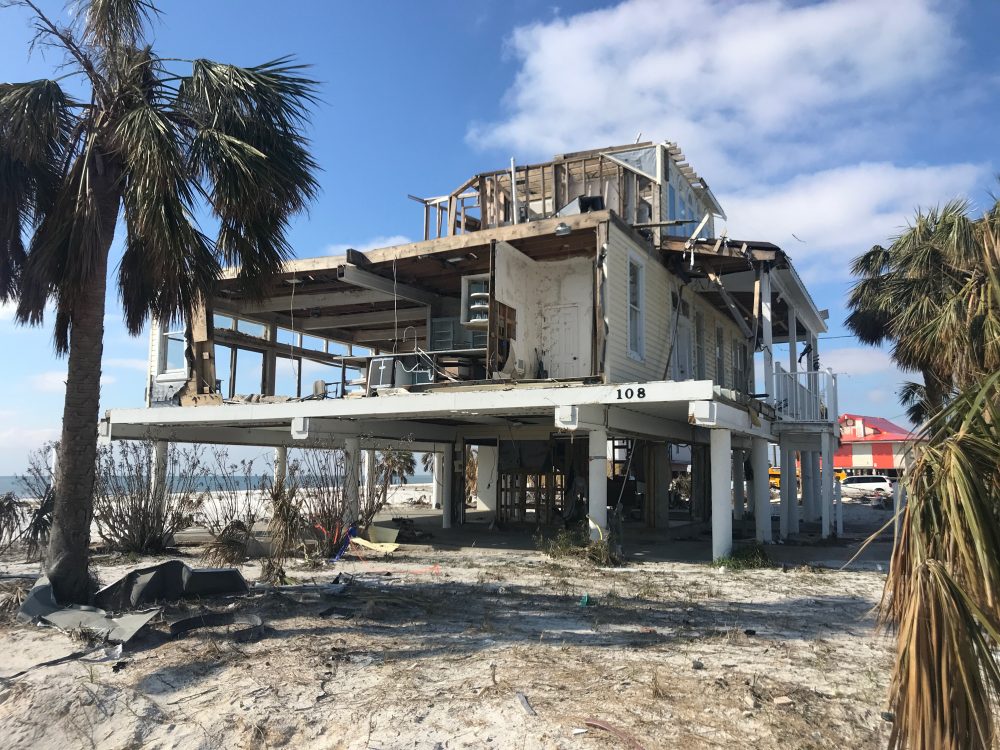
In October 2018, Hurricane Michael slammed into the coastline of northern Florida with winds topping 155 miles per hour — one of the most powerful hurricanes to ever hit mainland United States. It caused at least 45 deaths and an estimated $15 billion in damage. This is how the affected communities look now.
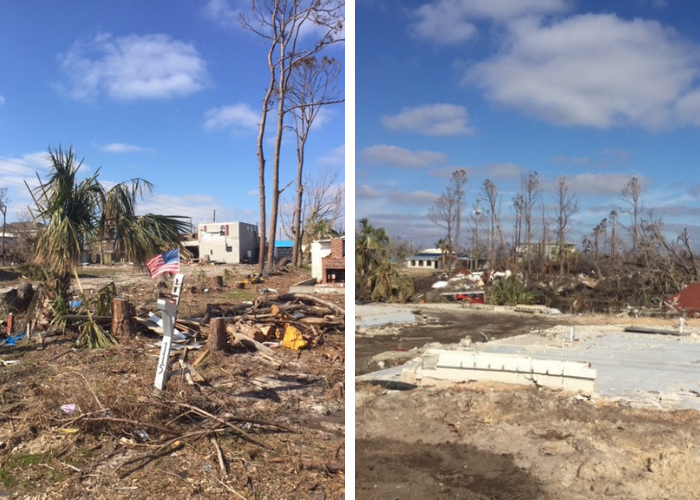
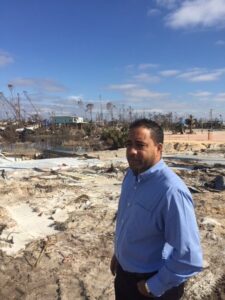 In preparation for awarding almost $1 million from CDP’s 2018 Atlantic Hurricane Season Recovery Fund, Brennan Banks, CDP’s director of disaster recovery funds (pictured here), and I toured two cities that suffered the worst of Michael’s wrath, Mexico Beach and Panama City. These photos are from our mid-January trip – nearly four months after Michael hit. Our hosts for the day were representatives of United Way of Northwest Florida, operating out of temporary facilities since their headquarters had been damaged.
In preparation for awarding almost $1 million from CDP’s 2018 Atlantic Hurricane Season Recovery Fund, Brennan Banks, CDP’s director of disaster recovery funds (pictured here), and I toured two cities that suffered the worst of Michael’s wrath, Mexico Beach and Panama City. These photos are from our mid-January trip – nearly four months after Michael hit. Our hosts for the day were representatives of United Way of Northwest Florida, operating out of temporary facilities since their headquarters had been damaged.
Words seem inadequate to describe the scenes of destruction. These images are even more heartbreaking when you also consider the lives shattered, the businesses lost . . . and grasp that this is only a miniscule glimpse of the total impact to this area.
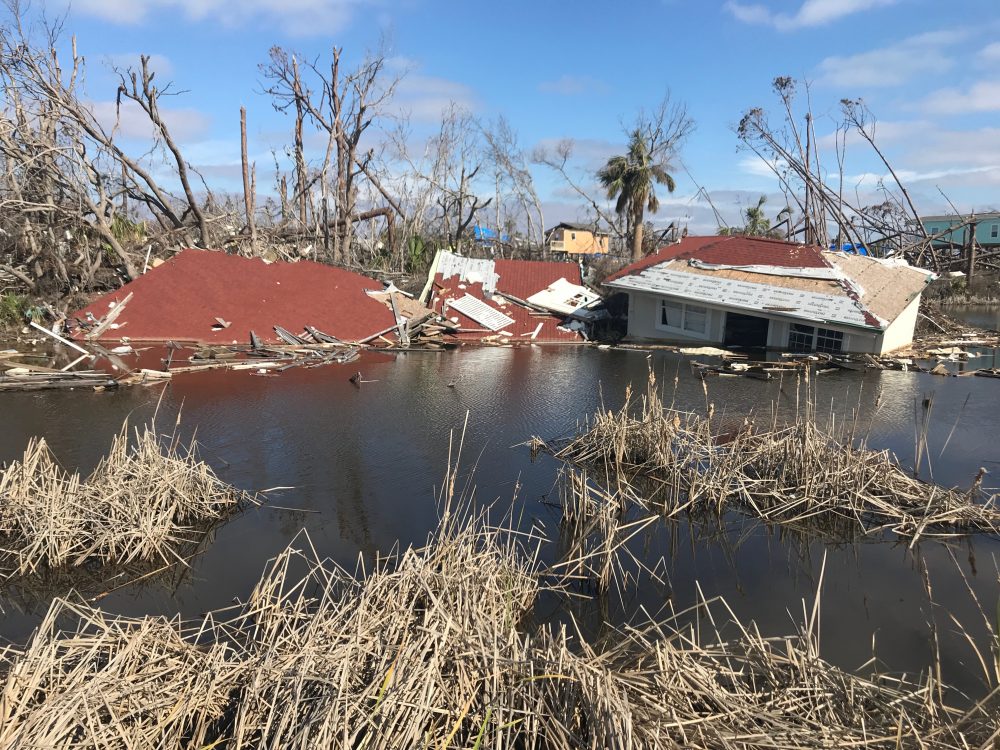
Particularly heartbreaking is that in a unique place like Mexico Beach, an area of modest housing and world-class beaches, a way of life seems to have been destroyed forever.
The recovery will be slow and painful . . .and very expensive. Consider these challenges:
- The regional economy has been dealt a major blow. In Panama City, the largest medical facility and shopping center have both closed, a loss of 1300 jobs. Tyndall Air Force Base, a major employer, has been crippled. Mexico Beach is without a grocery store, gas station or bank within a 25-mile radius.
- In many areas, there is still no Internet service. Cell coverage is spotty.
- 35 percent of schoolchildren have left the area and are not coming back
- There are few volunteers to help with the debris removal and recovery. A big part of the problem is there is no housing available for them.
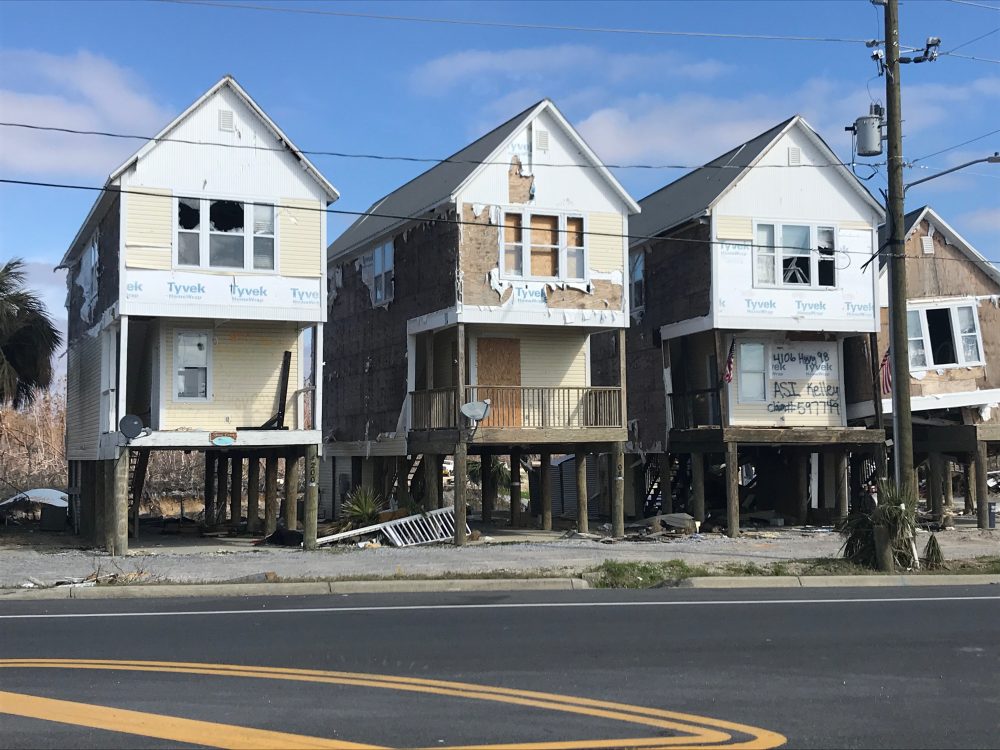
- Huge amounts of debris are everywhere. How will it be cleaned up? Where will it go? In Mexico Beach debris must be carted 50 miles away.
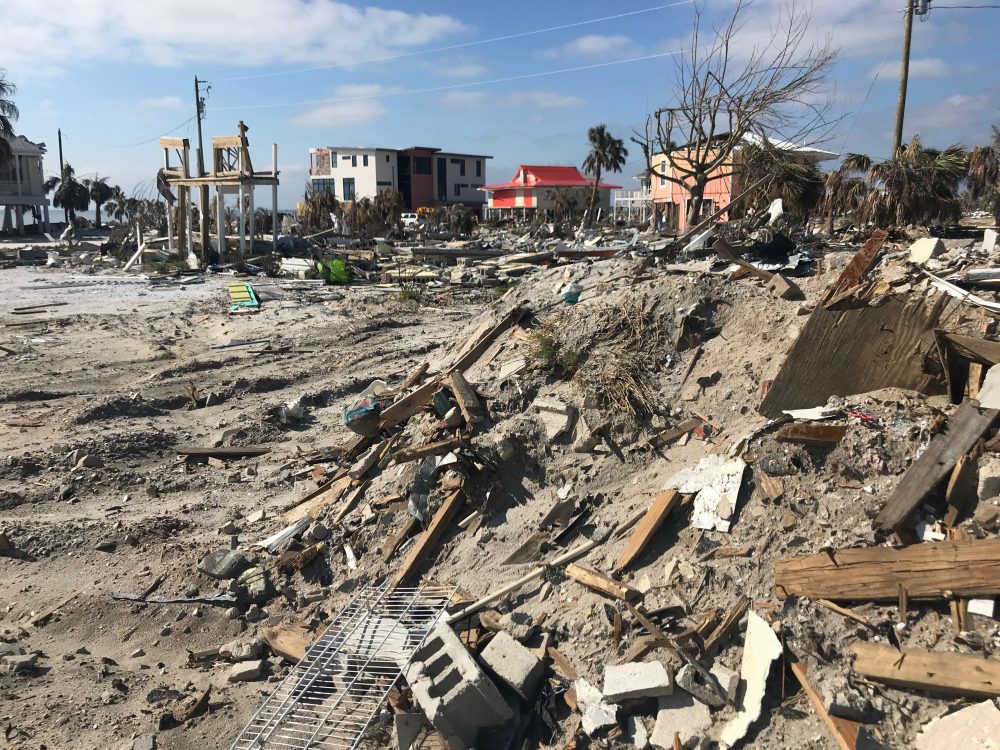
- Faith-based organizations, the backbone of any recovery, are trying to help, but many local ones are still focused on restoring their own worship facilities.
- Charitable contributions have been relatively sparse. We estimate only about $35 million in contributions for the entire area hit by Hurricane Michael.
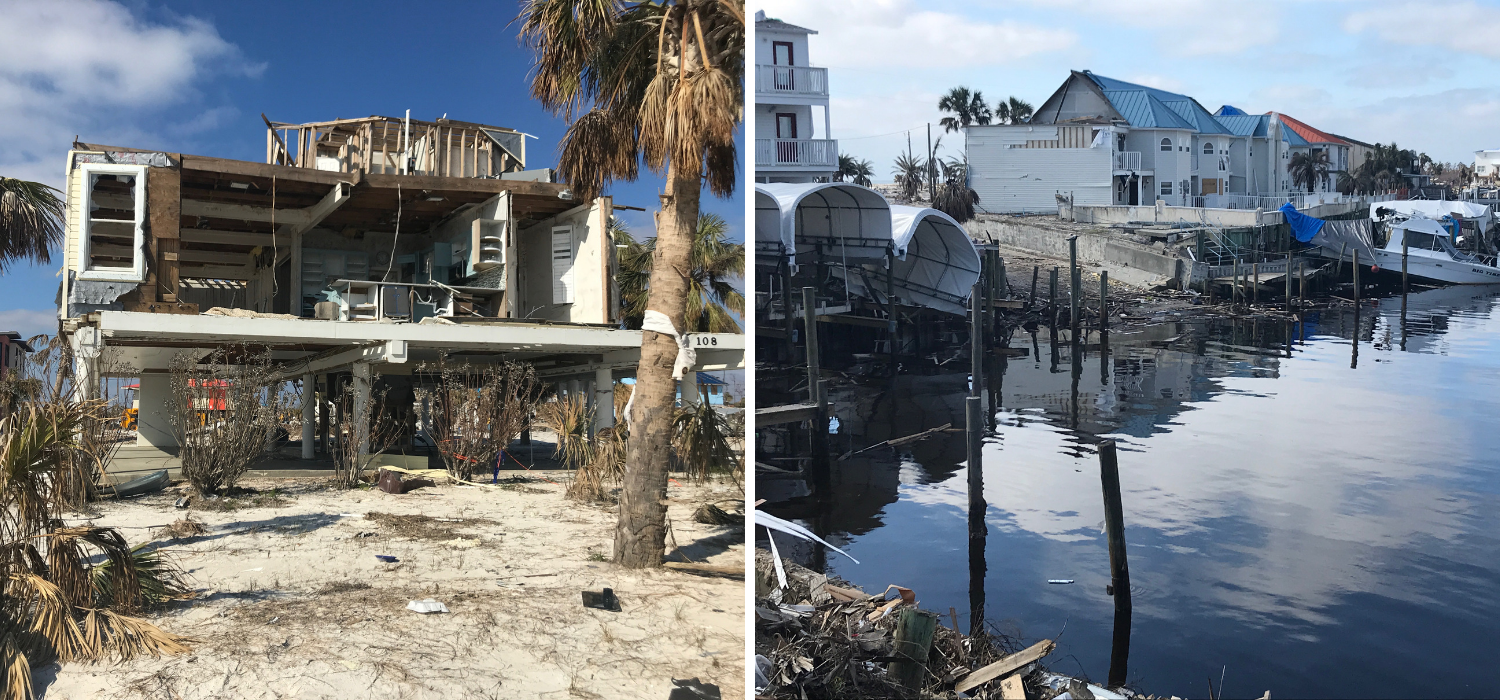
Meanwhile, life goes on. A long term recovery committee has been formed and nearly 100 people attended the first meeting. Case management will begin soon. People are eager to get started with the recovery. Our 2018 CDP Atlantic Hurricane Season Recovery Fund grants will provide much-needed assistance. If you’re so inclined, there is still time to donate to this Fund that will help change these images of devastation into ones of repair, rebuilding and recovery.
More like this

People Recovering from the “Forgotten Storms” Need Our Help
